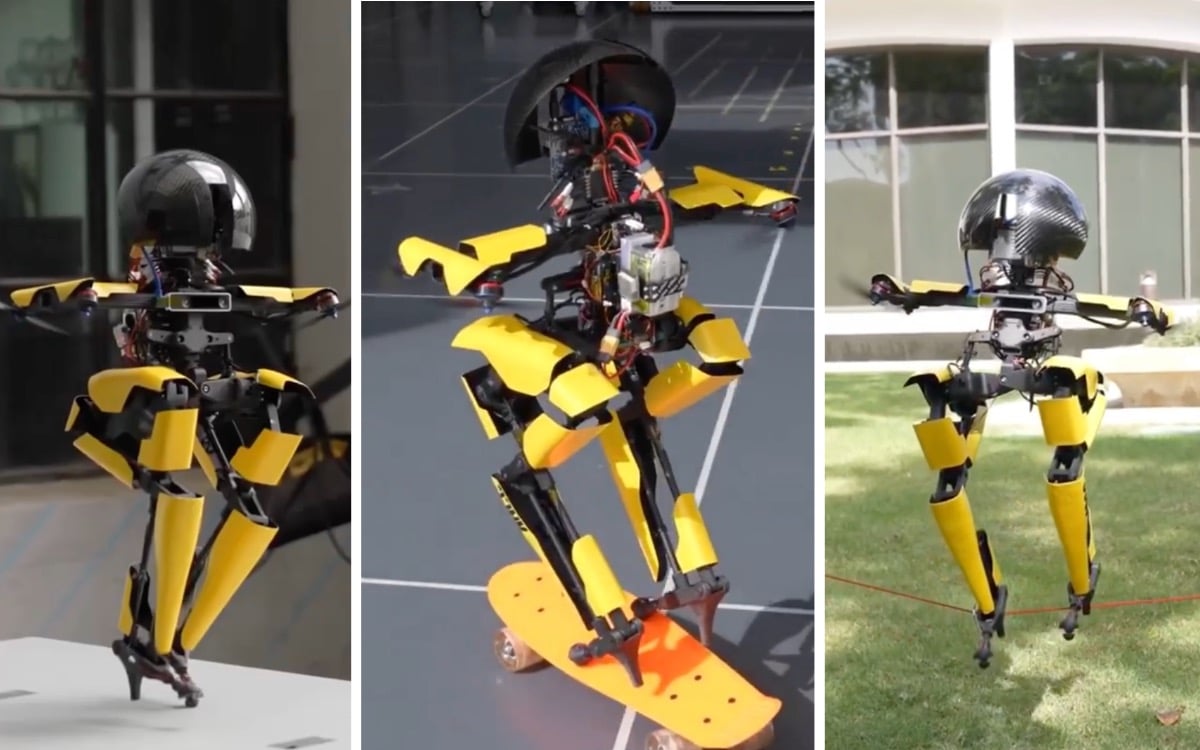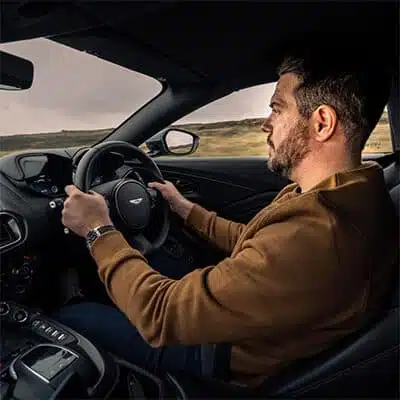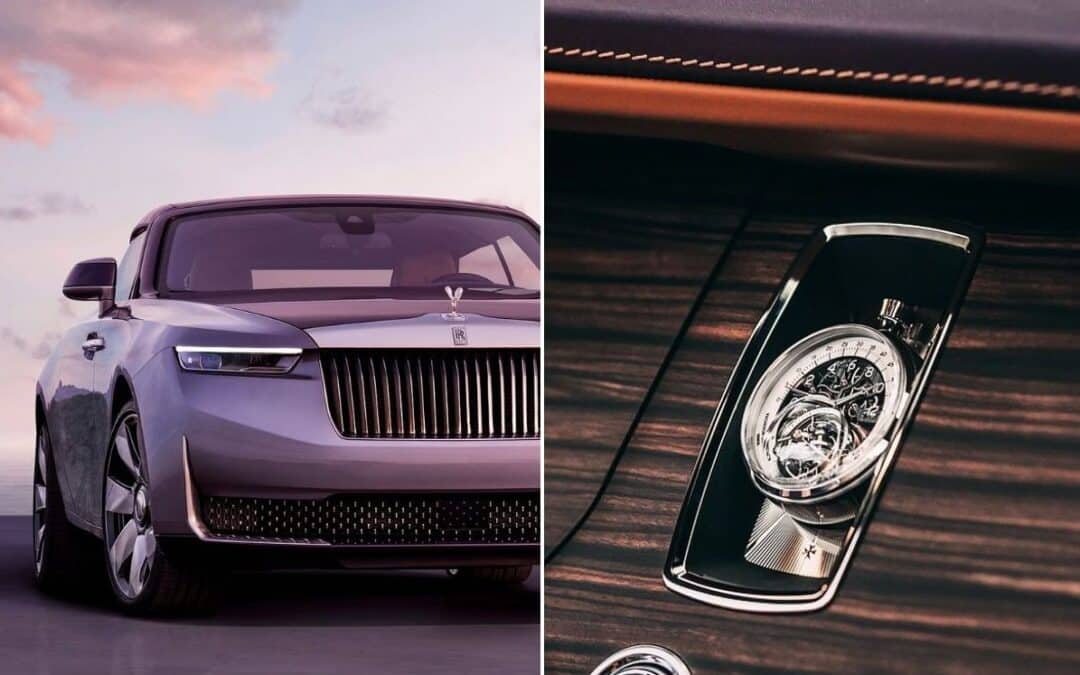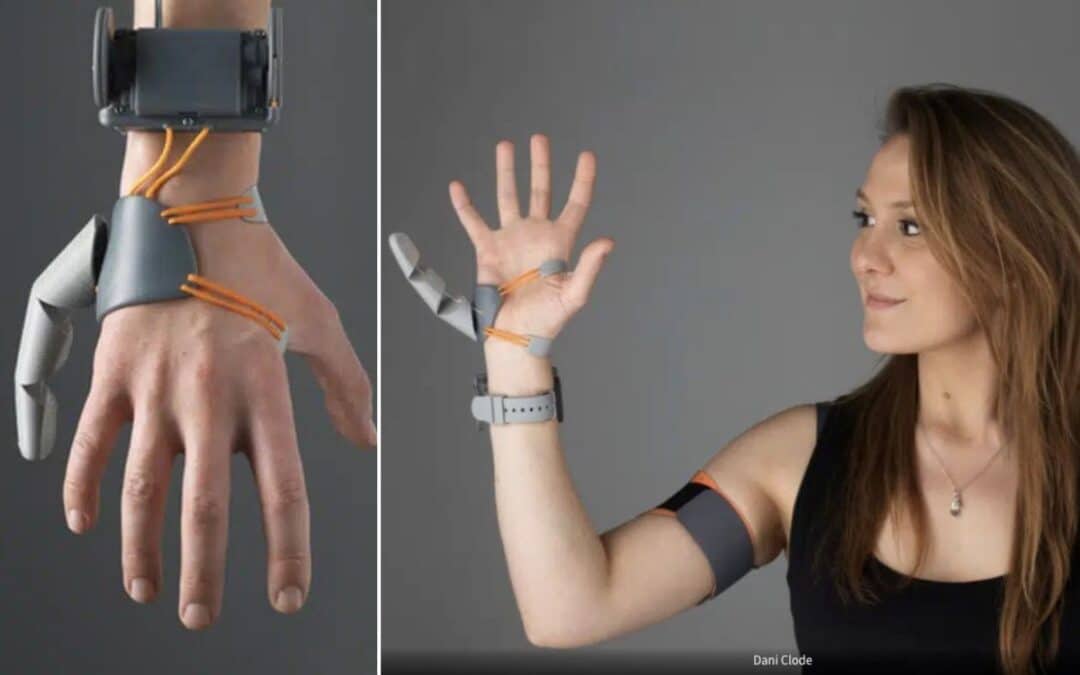If ever there was an insight into the future, this is it.
It’s part robot, part flying drone, and it’s called LEONARDO (LEgs ONboARD drOne).
LEO (for short) can walk a slackline, hop, and even ride a skateboard.
READ MORE! Watch this guy drive his trucks using a PlayStation controller
The bipedal robot was developed by a team at Caltech’s Center for Autonomous Systems and Technologies (CAST).
It’s the first robot to use multi-joint legs and propeller-based thrusters to achieve a fine degree of control over its balance.
Bipedal robots like LEO are able to tackle complex terrains using the same sort of movements that humans use.
Basically jumping, running, and even climbing stairs.
From skateboarding to slacklining, LEO really knows how to get around.
— Caltech (@Caltech) October 8, 2021
Developed at Caltech, LEO is a bipedal robot that combines walking with flying to create a new type of locomotion, making it exceptionally nimble and capable of complex movements. https://t.co/6tMDke39wz pic.twitter.com/mDAja2faJE
But, just like humans, they’re stymied by tough terrain.
Luckily enough for LEO, it’s fitted with thrusters so it can avoid the ground by flying.
By using a hybrid movement, somewhat between walking and flying, LEO’s researchers get the best of both worlds in terms of locomotion.
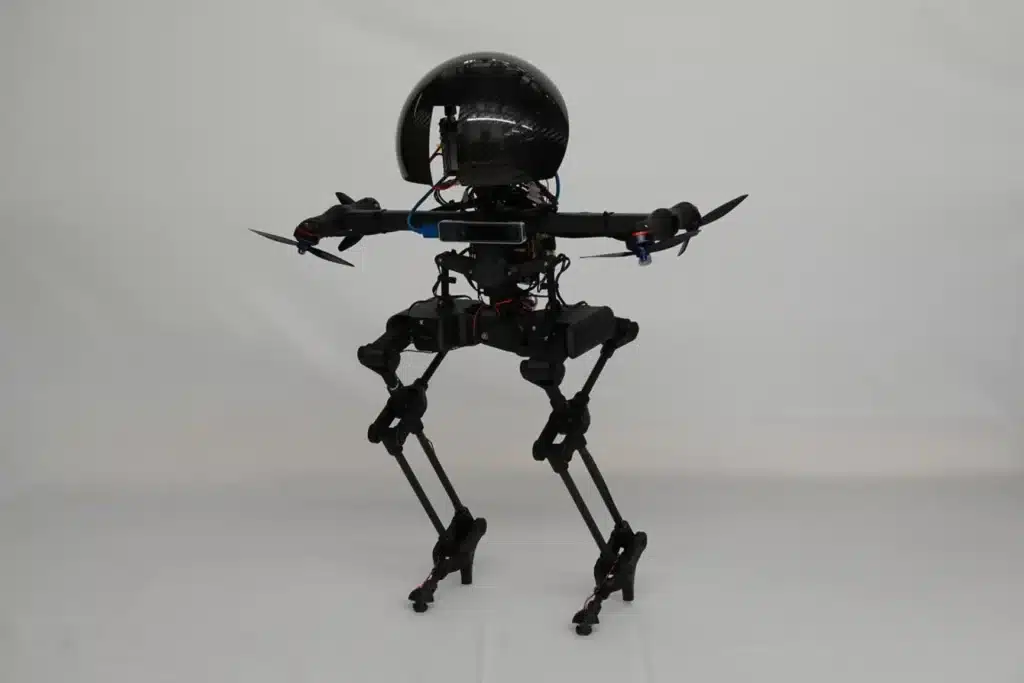
Its lightweight legs take stress off its thrusters by supporting the bulk of the weight.
But because the thrusters are controlled synchronously with leg joints, LEO has uncanny balance.
Based on the types of obstacles it needs to traverse, LEO can choose to use either walking or flying, or blend the two as needed.
What’s more, LEO is capable of performing unusual locomotion maneuvers that even humans require a mastery of balance, like walking on a slackline and skateboarding.
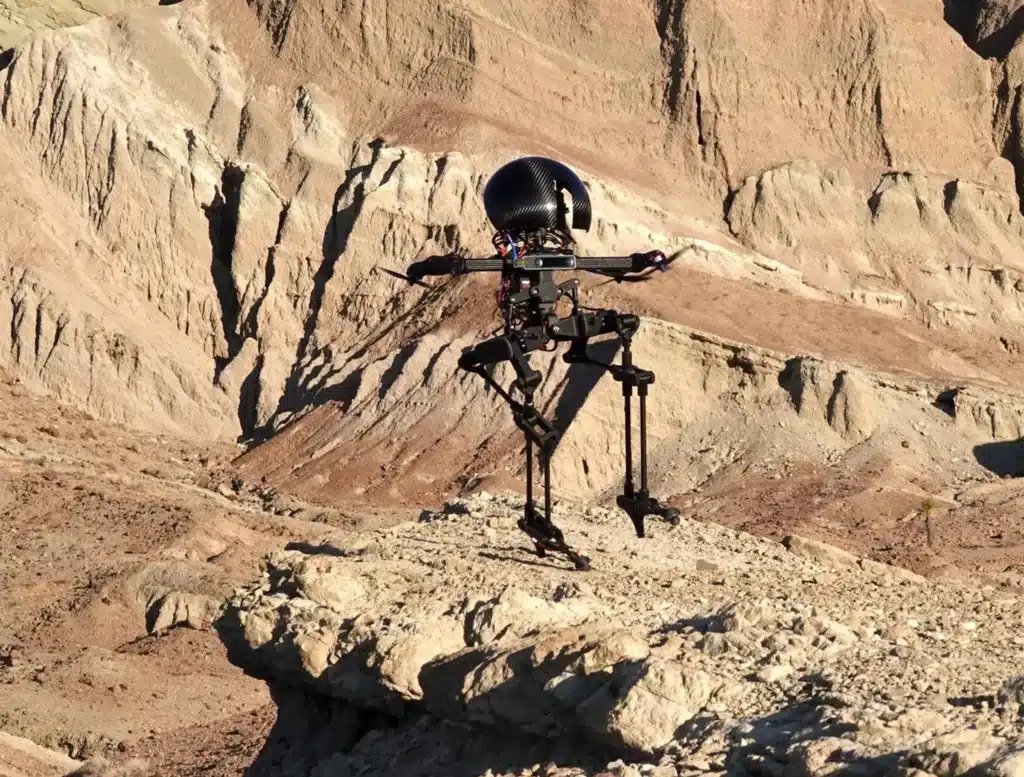
The robot stands at 2.5-feet tall (76 cm) and is equipped with two legs that have three actuated joints.
There’s also four propeller thrusters mounted at an angle on the robot’s shoulders.
When a human walks, they adjust the position and orientation of their legs to adjust their center of mass to move forward while the body’s balance is maintained.
LEO walks in the same way, too, its propellers ensuring it stays upright as it walks.
Leg actuators change the position of the legs to move the robot’s center of mass forward through the use of a syncronized walking and flying controller.
And when it comes to flying, the robot uses its propellers alone and flies like a drone.
In the real world, the technology designed for LEO could foster the development of adaptive landing gear systems composed of controlled leg joints for aerial robots and other types of flying vehicles.
